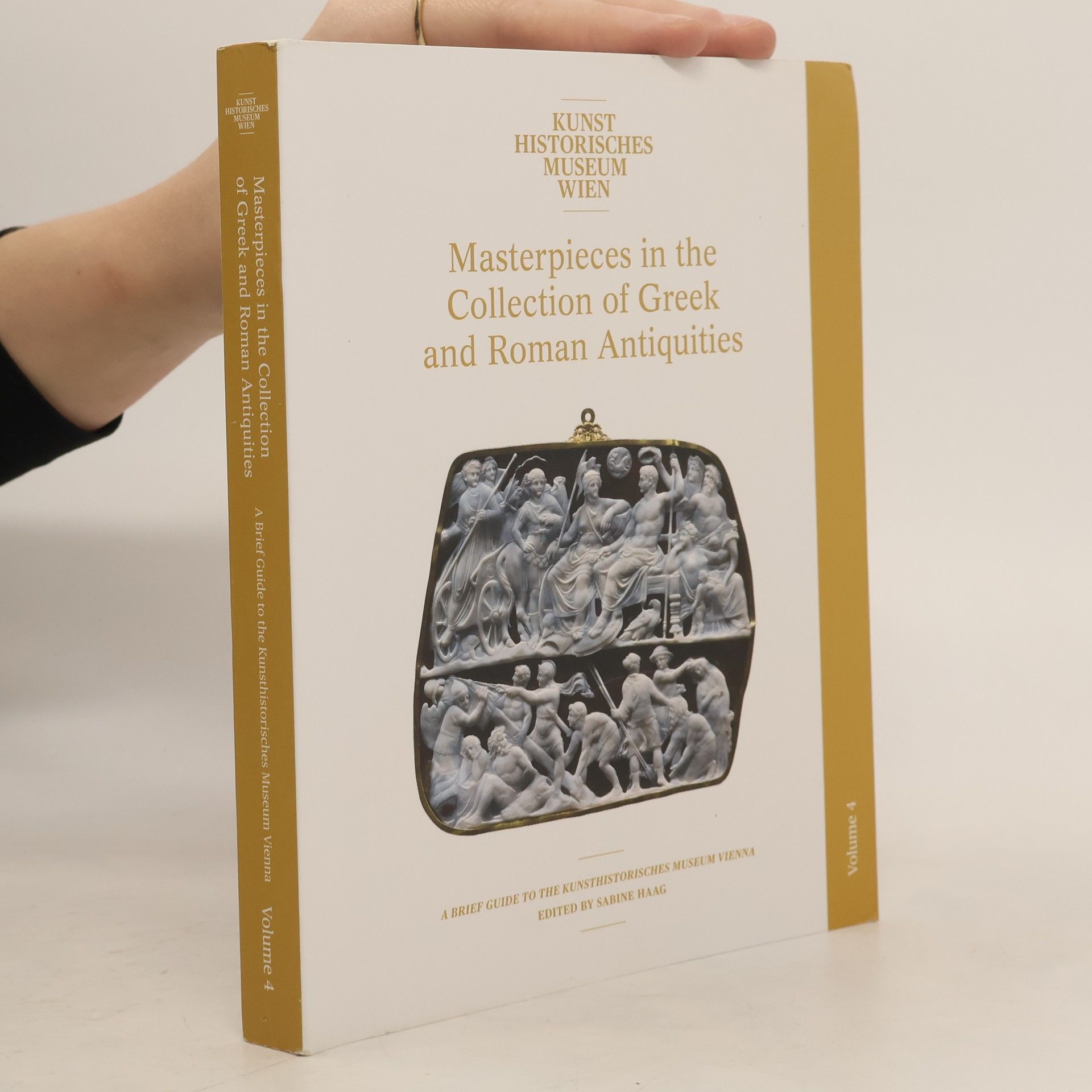Kunst Historisches Museum Wien - 4: Masterpieces in the Collection of Greek and Roman Antiquities
A Brief Guide to the Kunsthistorisches Museum Vienna






A Brief Guide to the Kunsthistorisches Museum Vienna
Naked Masters
Baselitz dialogues with the great maestros of the nude In Naked Masters, German painter and sculptor Georg Baselitz (born 1934) engages with Old Masters such as Titian, Rubens, Manfredi and Burrini. Invited by Vienna's Kunsthistorisches Museum, Baselitz himself curated the selection of works for the exhibition, focusing exclusively on nude painting. Both the exhibition and the catalog revolve around this elemental human state and its fundamental role in European art. They also showcase the artist's penchant for provocation; many of his paintings are displayed upside down, as he positioned them in the 1960s. From the beginning of his career, Baselitz's work has been informed by a pronounced awareness of art history--Mannerism's transgression of classical rules particularly inspired him. Through the dramatic encounter between Baselitz's nudes and those of his predecessors, captivating insights into the history of nude painting emerge.
The exhibition presents three of the circa twenty extant works by Jan van Eyck, offering a glimpse of the art produced during the reign of Duke Philipp the Good, when the Burgundian Low Countries witnessed a unique flowering of courtly and urban civilisation. Jan van Eyck (c.1390-1441), the favorite court painter of Philipp the Good, duke of Burgundy (1396-1467), is celebrated for his virtuosity in the use of oil paint and his skill in combining naturalism and realism with brilliant colors. Already regarded as an epoch-making artist by his contemporaries, he was soon renowned throughout Europe as the founder of Early Netherlandish painting. Jan van Eyck was one of the first artists north of the Alps to sign and date his works. His use of a motto is remarkable. In the early fifteenth century, it was highly unusual for a painter - then still regarded as a mere craftsman - to have his own device, something reserved for the dukes of Burgundy and the nobility. Jan van Eyck chose ALS · IXH · XAN as his motto and generally inscribed it in pseudo-Greek letters; it is, however, in Dutch and means 'as I can' or 'as best I can' as in 'as best I can, not as I would', which is presumably meant to imply the artist's modest appreciation of his own work. Exhibition: Kunsthistorisches Museum Wien, Austria (10.07. - 20.10.2019).
Together with the special exhibition Caravaggio & Bernini, the Kunsthistorisches Museum is showing a new series of works by the Austrian artist Klaus Mosettig in the Bassano Hall. His series The David Plates is based on X-rays of Caravaggio?s painting David with the Head of Goliath from the collection of the Kunsthistorisches Museum. The fifteen large-scale drawings were created by artist Klaus Mosettig in his Vienna studio over a period of almost two years, from the autumn of 2017 through to the summer of 2019.00The process that Mosettig used to make the drawings is every bit as mechanical and systematic as that which created the X-rays in the first place. The plates were first converted into medium format slides and beamed onto large sheets of paper. Working in strict positional sequence, Mosettig moved across each sheet from top to bottom, left to right, transferring the information that he received in the form of projected light into graphite strokes of varying intensities. Each stroke was applied in the same diagonal orientation, with Mosettig careful to minimize any sense of emphasis or personal interpretation, recording each detail as he saw it.00Exhibition: Kunsthistorisches Museum Wien, Austria (15.10.2019 - 19.01.2020).
One of the world's foremost collections of Old Masters is paying a visit to Vienna: fourteen masterpieces from the Hermitage Museum in St. Petersburg will enter into a dialogue with great paintings from the Kunsthistorisches Museum Vienna. On show are, for example, works by Botticelli, Tintoretto, Rembrandt and van Dyck. The representative selection of masterpieces from these two great collections offers a concise overview of European painting from the Renaissance to early Neoclassicism, and documents how effortlessly these paired paintings united by a common European cultural region communicate with each other. Exhibition: Kunsthistorisches Museum Wien, Austria (06.06. - 02.09.2018).
Fame et infamia. The Infamy of the nameless" is an exhibition of significant artworks of one of Austria's most important contemporary female artists: Valie Export.0Feminist artwork from the 1960s and 70s is experiencing a phase of renewed international relevance, and ValieE Export's media and performance art counts among the most radical European positions of that time.0This exhibition marks the first time the artist has exhibited alongside a historical collection. Her works engage in conversation with Archduke Ferdinand II?s (1529-1595) Ambras collection, offering another view of its objects and exhibition history, wherein the FAMA?the history of illustrious and victorious personages?encounter the INFAMIA?history?s insubordinate, marginalized, and oppressed individuals. This furthermore creates a stimulating and surprising convergence of the male principal of dominance with the female principal of submission in gestures of empathetic humanity and rebellion, set in the present and in the past.00Exhibition: Schloss Ambras, Innsbruck, Austria (22.03.-30.06.2018),